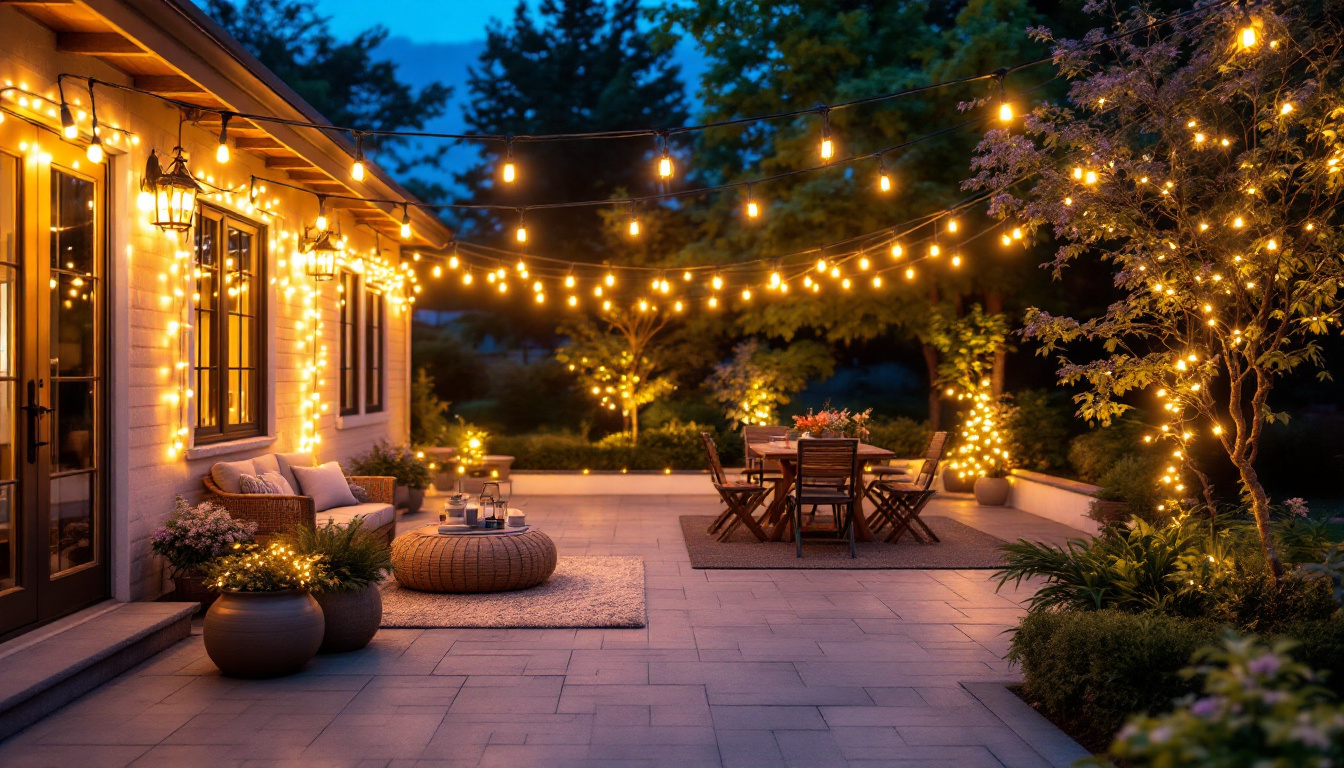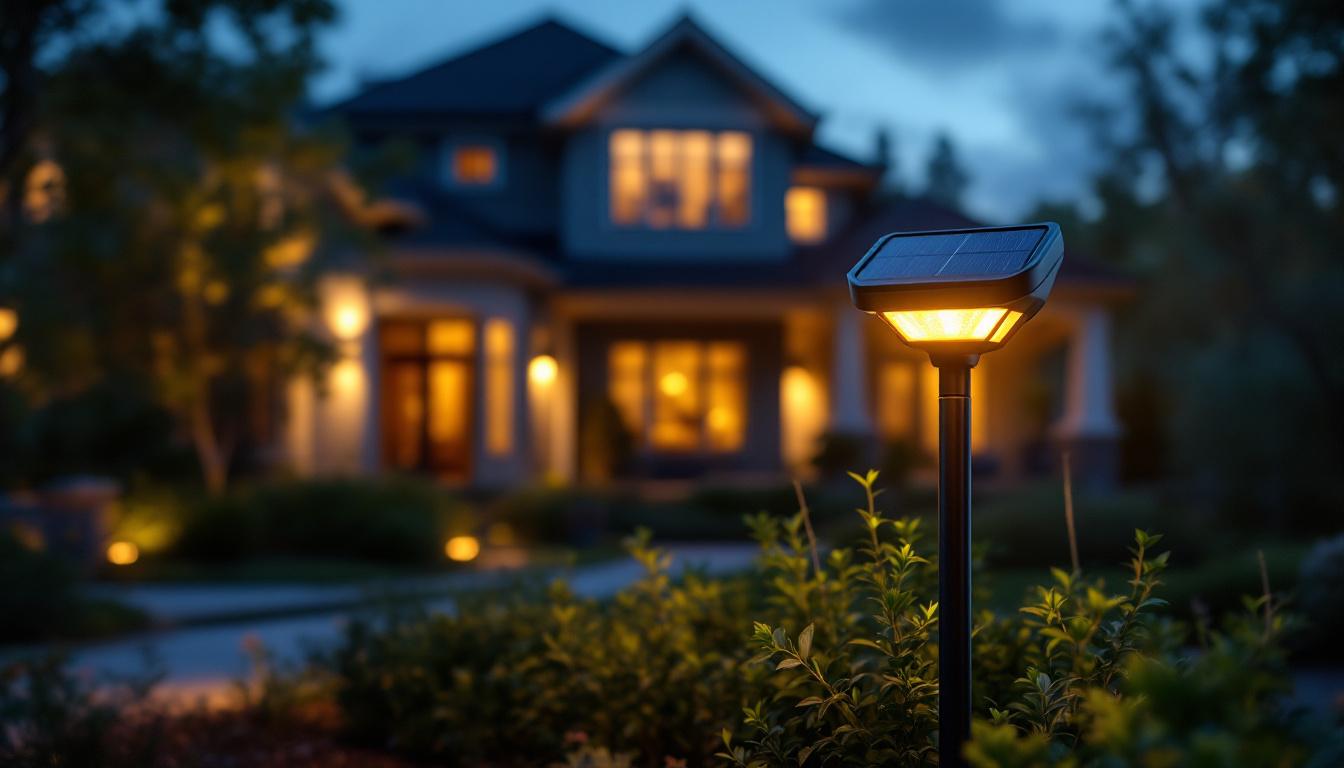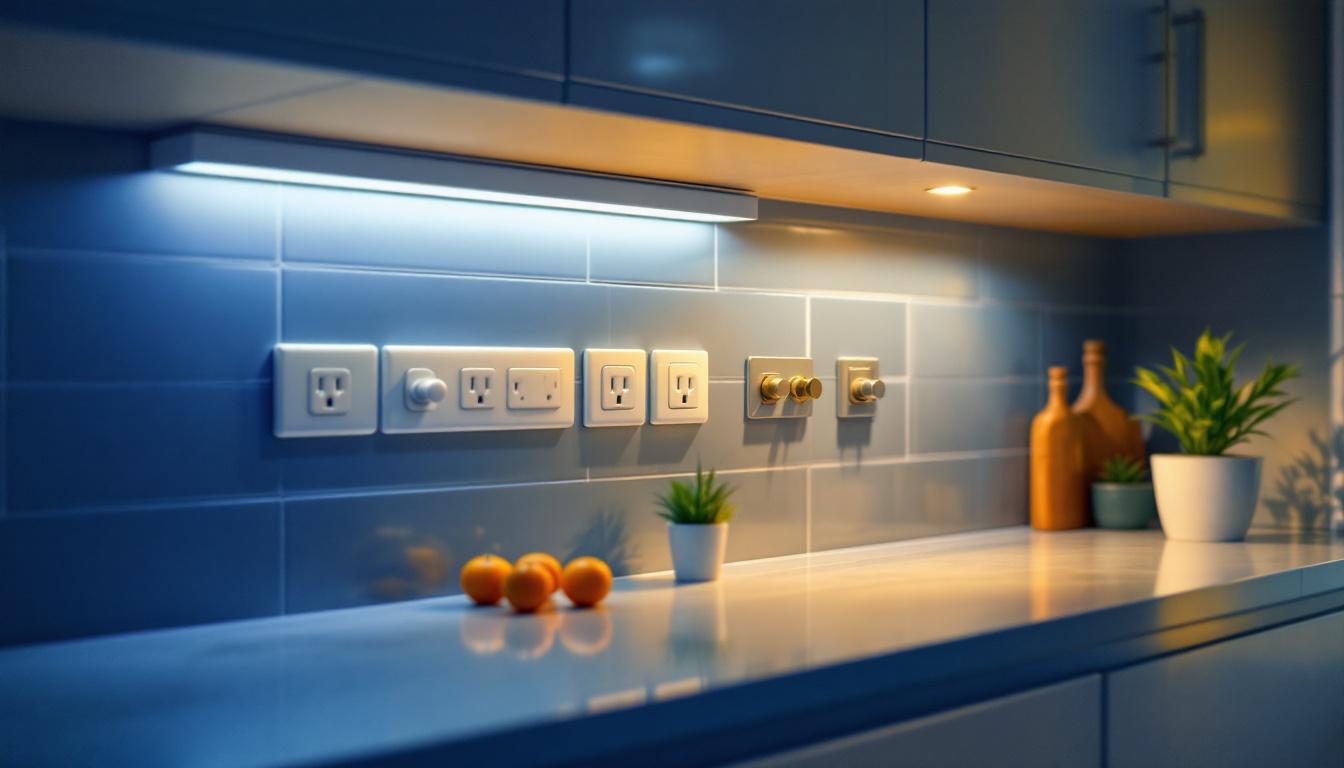
In the world of lighting, fluorescent lights have carved out a significant niche, particularly for contractors who specialize in commercial and industrial applications. Understanding the advantages and limitations of fluorescent lighting is essential for lighting contractors aiming to provide optimal solutions for their clients. This article delves into the importance of fluorescent lights, their benefits, and why they remain a staple in the lighting industry.
Fluorescent lights operate on a simple yet effective principle. They utilize a gas-filled tube that emits ultraviolet light when an electric current passes through it. This ultraviolet light then excites a phosphor coating on the inside of the tube, which in turn emits visible light. This technology has been around for decades and continues to evolve, making it a reliable choice for various applications. In recent years, advancements in fluorescent technology have led to improved energy efficiency and longer lifespans, further solidifying their place in modern lighting solutions.
Fluorescent lighting comes in several types, each designed for specific applications. The most common types include:
Each type has its own set of advantages, making it crucial for lighting contractors to understand their unique characteristics and applications. This knowledge allows for better recommendations tailored to client needs. For instance, T5 tubes are often favored in environments requiring high light output, such as in retail spaces or display areas, while T8 tubes are commonly used in offices due to their balance of efficiency and light quality.
Understanding the mechanics behind fluorescent lights is essential for contractors. When the electric current flows through the gas in the tube, it produces ultraviolet light. This light interacts with the phosphor coating, generating visible light. The efficiency of this process is one of the key reasons why fluorescent lights are favored in commercial settings. Additionally, the low heat output of fluorescent lights compared to incandescent bulbs contributes to energy savings, as less energy is wasted as heat.
Moreover, fluorescent lights can be dimmed and controlled more effectively than traditional incandescent bulbs, providing flexibility in lighting design. This adaptability makes them suitable for various environments, from offices to warehouses. The ability to use electronic ballasts in fluorescent fixtures further enhances their performance, allowing for quicker start times and reduced flickering. As a result, many businesses are transitioning to fluorescent lighting not just for its energy efficiency, but also for the enhanced comfort and productivity it can provide in workspaces.
Fluorescent lights offer numerous benefits that make them an attractive option for lighting contractors and their clients. Understanding these advantages can help contractors make informed decisions when recommending lighting solutions.
One of the most significant advantages of fluorescent lighting is its energy efficiency. Compared to incandescent bulbs, fluorescent lights consume considerably less energy while providing the same amount of light. This efficiency translates into lower electricity bills for clients, making it an appealing option for businesses looking to reduce operational costs.
Additionally, many fluorescent lights have a longer lifespan than traditional bulbs, further enhancing their cost-effectiveness. For contractors, this means fewer replacements and maintenance visits, allowing for a more streamlined service offering. The durability of fluorescent lights also means they can withstand a variety of environmental conditions, making them suitable for both indoor and outdoor applications. This versatility is particularly beneficial for contractors working on diverse projects, from commercial spaces to industrial settings.
With growing concerns about environmental sustainability, fluorescent lights present a more eco-friendly alternative to incandescent bulbs. Their lower energy consumption reduces greenhouse gas emissions, contributing to a smaller carbon footprint.
Moreover, advancements in fluorescent technology have led to the development of more environmentally friendly options, such as low-mercury fluorescent bulbs. Lighting contractors can promote these options to clients who prioritize sustainability in their operations. The shift towards energy-efficient lighting solutions is not only a trend but a necessary step towards a more sustainable future. By choosing fluorescent lighting, businesses can align their operations with global sustainability goals, which can enhance their brand image and appeal to environmentally conscious consumers. Furthermore, many regions offer incentives for businesses that adopt energy-efficient lighting, providing an additional financial benefit for clients and contractors alike.
Fluorescent lights are versatile and can be used in a variety of settings. Understanding the appropriate applications can help contractors provide tailored solutions to their clients.
In commercial settings, fluorescent lighting is often the go-to choice for offices, retail spaces, and educational institutions. Its ability to provide bright, even illumination makes it ideal for environments where visibility is crucial.
Moreover, the various color temperatures available in fluorescent lighting allow contractors to create specific atmospheres. For instance, cooler color temperatures can enhance productivity in office spaces, while warmer tones can create a more inviting atmosphere in retail settings.
In industrial environments, fluorescent lighting is favored for its durability and efficiency. Factories, warehouses, and manufacturing facilities benefit from the bright, wide coverage that fluorescent lights provide.
Additionally, special industrial-grade fluorescent fixtures are designed to withstand harsh conditions, making them suitable for environments with high humidity or temperature fluctuations. Contractors should be familiar with these specialized options to meet the unique needs of industrial clients.
While fluorescent lighting has many benefits, it also comes with challenges that lighting contractors must navigate. Understanding these limitations can help contractors provide comprehensive solutions to their clients.
One of the notable limitations of fluorescent lighting is its Color Rendering Index (CRI), which measures how accurately a light source displays colors in comparison to natural light. Fluorescent lights typically have a lower CRI than other lighting options, such as LEDs or incandescent bulbs.
This can be a concern in settings where color accuracy is crucial, such as art studios or retail environments where product colors must be displayed accurately. Contractors should assess the specific needs of their clients and recommend alternative lighting solutions when necessary.
Another challenge with fluorescent lights is the flickering that can occur, particularly when they are first turned on. This flickering can be distracting and uncomfortable for occupants, especially in work environments where focus is essential.
Additionally, fluorescent lights require a warm-up period to reach their full brightness, which may not be ideal for all applications. Contractors should consider these factors when designing lighting solutions and discuss potential alternatives with their clients.
In recent years, other lighting technologies, such as LEDs, have gained popularity. Understanding how fluorescent lighting compares to these alternatives is crucial for contractors.
While fluorescent lights are generally more affordable upfront than LEDs, the long-term cost savings associated with LED technology can be significant. LEDs consume even less energy and have a longer lifespan, making them a more cost-effective option over time.
However, the initial investment for LED lighting can be higher, which may deter some clients. Contractors should provide a thorough cost analysis to help clients make informed decisions based on their budget and long-term goals.
In terms of performance, LEDs outperform fluorescent lights in many aspects, including brightness, color accuracy, and dimming capabilities. Additionally, LEDs are available in a wider range of color temperatures and styles, offering greater versatility for lighting design.
Nonetheless, fluorescent lights still hold their ground in specific applications, particularly where budget constraints are a primary concern. Contractors must evaluate the specific needs of each project to determine the most suitable lighting solution.
As technology continues to evolve, the future of fluorescent lighting remains a topic of interest. While LED technology is rapidly advancing, fluorescent lights are not disappearing entirely. Instead, they are being refined and adapted to meet modern demands.
Innovations in fluorescent technology are leading to improved efficiency and performance. Newer fluorescent bulbs are designed to minimize flickering, enhance color rendering, and reduce warm-up times. These advancements make fluorescent lighting a more competitive option in the market.
Moreover, the development of smart fluorescent lighting solutions, which can be controlled via mobile apps or integrated into building management systems, is expanding the functionality of fluorescent lights in modern applications.
Despite the rise of LEDs, fluorescent lights will likely continue to play a role in the lighting industry for the foreseeable future. Their cost-effectiveness and reliability make them a practical choice for many commercial and industrial applications.
For lighting contractors, staying informed about the latest advancements in fluorescent technology and understanding its place in the broader lighting landscape is essential for providing clients with the best possible solutions.
Fluorescent lighting remains an important option for lighting contractors, offering a range of benefits that make it suitable for various applications. Understanding the intricacies of fluorescent technology, its advantages, and its limitations enables contractors to provide tailored solutions that meet their clients’ needs.
As the lighting industry continues to evolve, staying informed about advancements in fluorescent lighting and its comparison to other technologies will be crucial for contractors looking to remain competitive. By leveraging the strengths of fluorescent lights while addressing their challenges, contractors can ensure they are delivering the best lighting solutions for their clients.
Ready to enhance your lighting solutions with the efficiency and reliability of fluorescent lighting? Look no further than LumenWholesale for all your lighting needs. Our commitment to quality and affordability ensures that you have access to the best spec-grade lighting products at wholesale prices. Say goodbye to inflated markups and hello to a vast selection of industry-standard lighting that won’t let you down. Plus, with free shipping on bulk orders, you can stock up on premium lighting without worrying about extra costs. Elevate your lighting projects by choosing Wholesale Lighting at the Best Value with LumenWholesale. Your one-stop shop for superior lighting solutions is just a click away.

Discover how string lights for outdoor patios can be a cost-effective solution for lighting contractors.

Discover how solar-powered yard lamps are revolutionizing the lighting industry with sustainable technology, cost efficiency, and eco-friendly design.

Discover expert tips on solar spotlight for house to maximize lighting efficiency, reduce energy costs by up to 70%, and enhance your outdoor ambiance.

Discover essential tips and expert advice for lighting contractors on installing under cabinet outlets and lights.